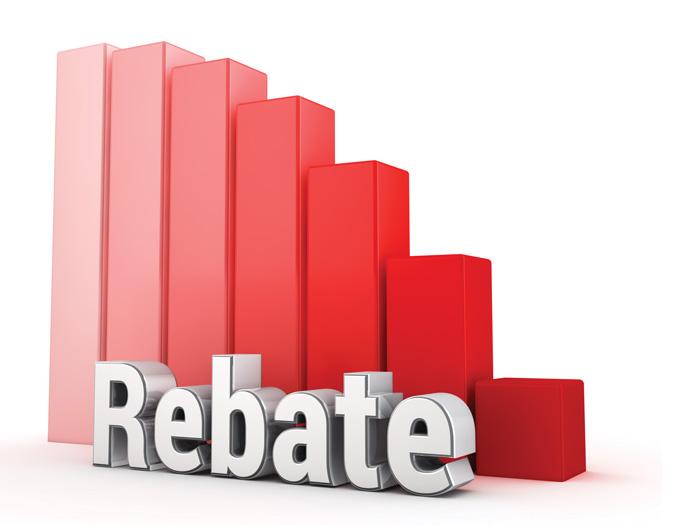Lighting rebate trends
Rebates are a win-win solution for retailers looking to offset the initial upfront costs involved in utilizing more energy-efficient lighting solutions in existing stores as well as new ones.
Every year, rebate programs get updated. The good news is that rebates for lighting controls such as daylight dimming are still going strong, according to BriteSwitch. (The Princeton, N.J.-based company helps businesses find and take advantage of the thousands of rebates and incentive programs that exist across the United States and Canada.) On the other hand, the company noted, rebates for certain LED lamps have declined significantly.
Here is an update on the top rebate trends for 2018 from BriteSwitch:
LEDs
LED lighting has decreased about 10-20% in recent years as the price of these technologies has come down. But the rebate amounts have started to level out this year, with the average prescriptive LED product rebate only down 1% across all product lines.
However, some specific products saw big changes, including LED linear tube replacements and screw-in HID replacement lamps, which dropped by 19% and 35%, respectively. The decreases likely reflect the changing price in the marketplace as the costs of those solutions have also decreased significantly in the past year.
In contrast, rebates for LED downlights and linear panels (2x4s) went up 5% and 10%, respectively.
Rebates for DLC standard versus premium
A rating by Design Lights Consortium has always been important for LED rebates, with about 80% of programs requiring it. In 2017, DLC introduced a new “DLC Premium” category, which are products that must meet higher qualifications and testing requirements in order to be considered for the premium classification.
Looking at the current rebate landscape, the new DLC premium has not had a significant impact. Only a handful of programs require the DLC Premium qualification in order to get rebates.
What’s more common is for programs to offer an additional rebate or bonus if using a DLC premium product instead of a standard one. The amount is usually an additional $10 or $20, which doesn’t always cover the additional cost of using a premium product. Currently, these extra incentives are offered in less than 10% of LED rebates.
Controls
Rebates for lighting controls such as occupancy sensors and daylight dimming are still very strong — evidenced by the fact that in the eight years BriteLight has been tracking rebate changes, rebates for controls are the only category that has not decreased at all.
For products like fixture-mounted and remote-mounted occupancy sensors, the average rebate is still high ($20 to $30) compared to the cost. Also, and in many cases, the rebates make sensors an attractive and cost-effective addition to most lighting upgrades.
With the addition of a new DLC category of networked lighting controls, BriteLight has seen some programs start to offer more rebates for these systems. Because many networked lighting controls are more complex than stand-alone sensors, many other rebate programs are still trying to figure out how to best implement them.
Biax/PL-L lamps and 8-inch tubes
Later this year, DLC will be finalizing its criteria for several popular types of lighting, such as 3- and 8-inch tubes and Biax/PL-L lamps, along with up-and-coming technologies such as color tuning fixtures. These categories represent some much-needed additions where rebates have fallen behind due to lack of a DLC category.
Because of the mid-year launch of these new DLC categories, BriteLight does not expect widespread adoption of prescriptive rebates until 2019. In the interim, once these products start appearing on the DLC list, there will be potential for custom rebates for these solutions. Custom rebates are generally more complicated to pursue than prescriptive rebates and basically need to be reviewed on a case-by-case basis.


